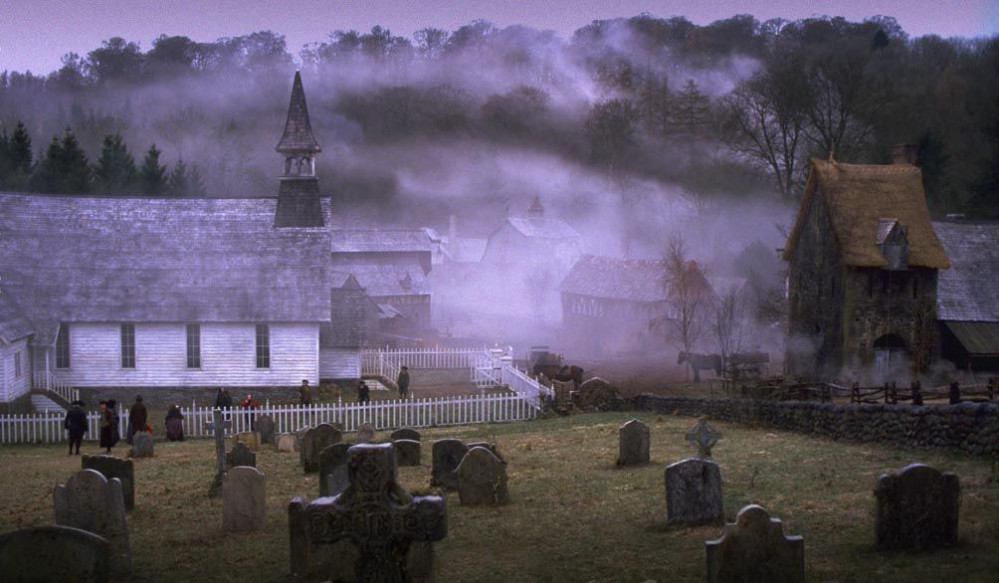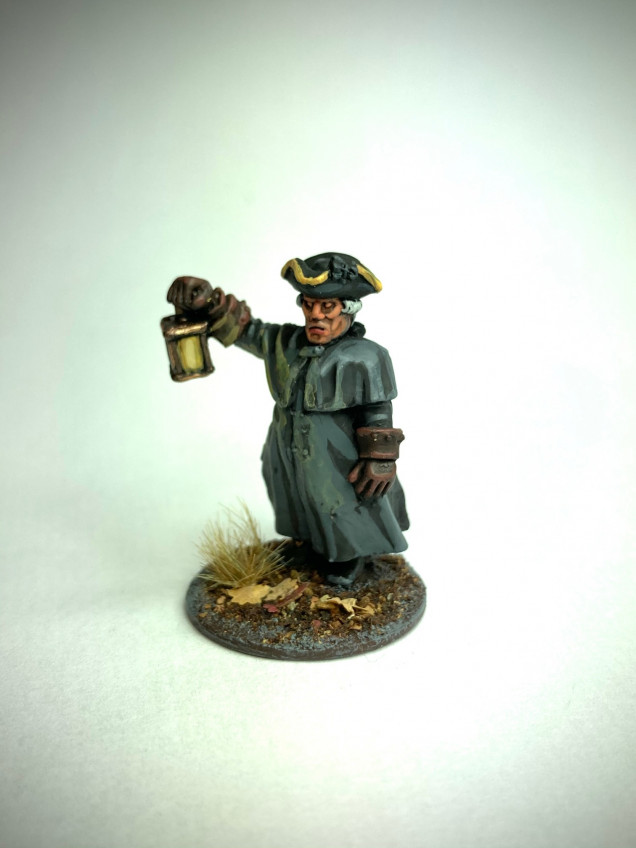
"Sleepy Hollow" or 18th Century terrain & Minis
It's Not All Blood and Gore
Although the trade emerged in its mature form in the decade following the Iroquois Grand Settlement of 1701, it was during the long peace between the end of the War of the Spanish Succession in 1713 and the commencement of the War of the Austrian Succession in 1744 that smuggling truly throve in North America. King George’s War, 1744-1748, witnessed the height of smugglers’ importance on the Albany-Montreal corridor, particularly after the British capture of Louisbourg transformed the riverine highway into the main artery for goods, gifts, and information to French habitants and their Native allies. Following King George’s War smugglers lost their resilience to government pressure. For a time thereafter, Iroquois porters, intermediaries, and traders continued a lucrative trade between Montreal and Albany, but the market and the climate had shifted; Joyless, one of the more influential British traders, shifted from land speculation to contraband, exiled from New France by a governor-general acting on the information from his competitors, he relocated to Sleep Hollow and succeeded in other dimensions of the Atlantic trade. Britain’s decisive victory in the Seven Years’ War ended la traite illégale by integrating what had been New France into the British Empire. As the trade between Albany and Montreal, which had been crucial to the redevelopment of Iroquois power in the first half of the eighteenth century when it was illegal, became legitimate, the Six Nations lost influence.











































































Leave a Reply